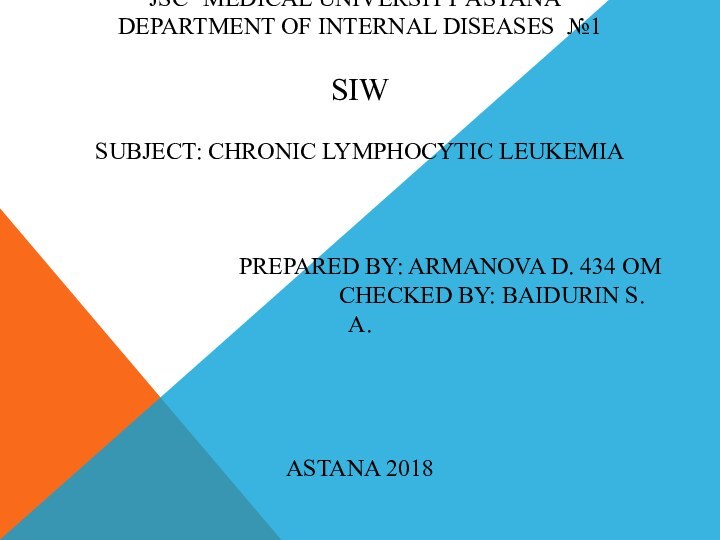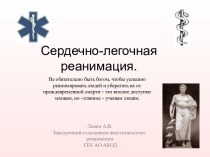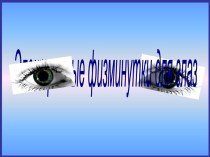- Главная
- Разное
- Бизнес и предпринимательство
- Образование
- Развлечения
- Государство
- Спорт
- Графика
- Культурология
- Еда и кулинария
- Лингвистика
- Религиоведение
- Черчение
- Физкультура
- ИЗО
- Психология
- Социология
- Английский язык
- Астрономия
- Алгебра
- Биология
- География
- Геометрия
- Детские презентации
- Информатика
- История
- Литература
- Маркетинг
- Математика
- Медицина
- Менеджмент
- Музыка
- МХК
- Немецкий язык
- ОБЖ
- Обществознание
- Окружающий мир
- Педагогика
- Русский язык
- Технология
- Физика
- Философия
- Химия
- Шаблоны, картинки для презентаций
- Экология
- Экономика
- Юриспруденция
Что такое findslide.org?
FindSlide.org - это сайт презентаций, докладов, шаблонов в формате PowerPoint.
Обратная связь
Email: Нажмите что бы посмотреть
Презентация на тему Chronic lymphocytic leukemia
Содержание
- 2. CHRONIC LYMPHATIC LEUKEMIA Definition: CLL is a
- 3. CLL - EPIDEMIOLOGYMost common leukemia of Western
- 4. CLL – ETIOLOGY The cause of CLL
- 5. PATHOPHYSIOLOGY
- 6. CLL – INITIAL SYMPTOMSApproximately 40% are asymptomatic
- 7. CLL – LAB FINDINGS a) Blood test
- 9. CLL - LABORATORY FINDINGS (2)Clonal expansion of
- 10. CLL - IMMUNOPHENOTYPEDetect antigens on surface of
- 11. CLL – RAI STAGING SYSTEM
- 13. CLL – BINET STAGING SYSTEM
- 15. CLL – TREATMENT (1)Watch and waitMonotherapyglucocorticoidsalkylating agents
- 16. CLL – TREATMENT (2)Hematopoietic stem cell transplantationallogeneic
- 18. CLL – TREATMENT STRATEGY
- 19. CLL - COMPLICATIONSSevere systemic infectionsBleedingRichter’s transformationProlymphocytoid transformationSecondary malignanciesAcute myeloid leukemia
- 20. Скачать презентацию
- 21. Похожие презентации
CHRONIC LYMPHATIC LEUKEMIA Definition: CLL is a neoplastic disease characterized by proliferation and accumulation (blood, marrow and lymphoid organs) of morphologically mature but immunologically dysfunctional lymphocytes




















Слайд 3
CLL - EPIDEMIOLOGY
Most common leukemia of Western world.
Less
frequent in Asia and Latin America.
Male to female ratio
is 2:1.Median age at diagnosis is 65-70 years.
Uncommon (10%) in patients under 50 years
In US population incidence is similar in different races.
Слайд 4
CLL – ETIOLOGY
The cause of CLL is
unknown
There is increased incidence in farmers, rubber manufacturing workers,
asbestos workers, and tire repair workersGenetic factors have been postulated to play a role in high incidence of CLL in some families
Cytogenetics
clonal chromosomal abnormalities are detected in approximately 50% of CLL patients
the most common clonal abnormalities are:
trisomy 12
structural abnormalities of chromosomes 13, 14 and 11
patients with abnormal karyotypes have a worse prognosis
Oncogenes
in most cases of CLL is overexpressed the proto-oncogene c-fgr 9a member of the src gene family of tyrosine kinases
Слайд 6
CLL – INITIAL SYMPTOMS
Approximately 40% are asymptomatic at
diagnosis – discovered by a CBC
In symptomatic cases the
most common complaint is fatigueWell’s syndrome – increase sensitivity to insects bites
B symptoms – fever, sweats, weight loss
Less often the initial complaint are enlarged nodes or the development of an infection (bacterial)
CLL - Clinical findings
Most symptomatic patients have enlarged lymph nodes (more commonly cervical and supraclavicular) and splenomegaly
The lymph nodes are usually discrete, freely movable, and nontender
Hepatomegaly may occure
Less common manifestation are infiltration of tonsils, mesenteric or retroperitoneal lymphadenopathy, and skin infiltration
Patients rarely present with features of anemia, and bruising or bleeding
Слайд 7
CLL – LAB FINDINGS
a) Blood test
lymphocytosis ≥ 5G/l (4 weeks)
b) Morphology monoconal population of small
mature lymphocytec) B-cell CLL phenotype clonal CD5+/CD19+ population
of lymphocyte
d) Markers of clonality κ/λ light chain restriction; cytogenetical abnormalities
e) Bone marrow infiltrate > 30% of nuceated cells on aspirate
f) Lymph node diffuse infiltrate of small lymphocye
Слайд 9
CLL - LABORATORY FINDINGS (2)
Clonal expansion of B
(99%) or T(1%) lymphocyte
In B-cell CLL clonality is confirmed
by the expression of either or light chains on the cell surface membrane
the presence of unique idiotypic specificities on the immunoglobulins produced by CLL cells
by immunoglobulin gene rearrangements
typical B-cell CLL are unique in being CD19+ and CD5+
Слайд 10
CLL - IMMUNOPHENOTYPE
Detect antigens on surface of cells
Specific antibodies
Use flow cytometry or immunohistochemistry
CLL = mature B
cellsCD5
CD19
CD20 - low
CD22 - low
CD23
Light chains (κ, λ)
Слайд 15
CLL – TREATMENT (1)
Watch and wait
Monotherapy
glucocorticoids
alkylating agents (Chlorambucil,
Cyclophosphamide)
purine analogues (Fludarabine, Cladribine, Pentostatin)
Combination chemotherapy
Chlorambucil/ Cyclophosphamide + Prednisone
Fludarabine
+ Cyclophosphamide +/- MitoxantroneCVP, CHOP
Monoclonal antibodies (monotherapy and in combination)
Alemtuzumab (anti-CD52)
Rituximab (anti-CD20)
Splenectomy
Radiotherapy
Слайд 16
CLL – TREATMENT (2)
Hematopoietic stem cell transplantation
allogeneic with
reduced intesity conditioning
autologous
New and novel agents
Oblimersen – bcl2-directed antisense
oligonucleotide Lenalidomide
Flavopiridol
Anti-CD23
Anti-CD40
Vaccine strategies
Supportive therapy (allopurinol, G-CSF, blood and platelet transfusion, immunoglobulins, antibiotics)





























